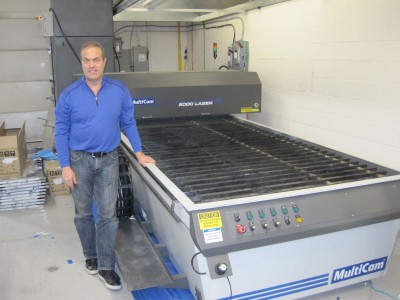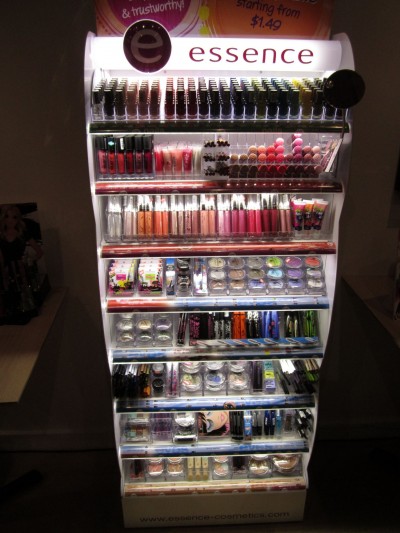By Daniel Austin
There is a growing trend with sign shops investing in laser machining systems. The technology uses high-intensity beams of varying widths for a variety of purposes, including the slotting and cutting of plastics, vinyl and mild steel.
While laser machining is still a relatively small part of the sign industry, it is slowly picking up steam, as more shops recognize the potential of integrating the technology into their operations. One company that is already seeing the benefits of making the transition to laser-based manufacturing is Toronto-based DisplayIt Graphics, which specializes in large-format printing, signage, displays, graphics and finishing services for clients in a variety of sectors.
Boosting performance
DisplayIt is known for assisting its clients first in identifying opportunities to create value, then in developing strategies and implementing display products to capture that value. In this spirit, the company purchased a computer numerical control (CNC) laser cutter in 2012 to help expand its business.
Following a minor learning curve, the transition has apparently been very smooth. Having started to use the machine last July, the company has already seen an increase in operational performance as a result.
“Laser cutting has been great for our organization,” says owner Nick Manos. “It is very well-suited for what we do here. It has substantially improved the efficiency of our manufacturing processes and increased our profit margins.”
Specifically, the laser cutter’s smooth finishing capabilities have helped Manos eliminate several steps from DisplayIt’s traditional manufacturing process for point-of-purchase (POP) displays and other types of signage where appearance is everything.

Toronto-based DisplayIt Graphics, owned by Nick Manos, has expanded its business through CNC laser cutting.
“Before we purchased the machine, every time we cut a finished product, we had to hand-clean and polish it,” he explains. “Now, with the laser cutter, we can skip those steps and focus on producing more units. It’s increasing our productivity.”
In addition to helping DisplayIt grow as a business, laser technology has also provided the opportunity to take on projects the company may not have been capable of completing in the past, including displays for the cosmetics industry.
A flexible option
Both laser machining specifically and CNC machining in general are quickly gaining popularity across a wide range of industries, from aerospace to automotive to signage. One reason is the machines’ inherent flexibility in working with diverse material types.
CNC laser machining cuts substrates by directing a stream of carbon dioxide (CO2) through a piece of a given material and vaporizing, melting or burning it away. The fast, clean and efficient cuts are repeatable any number of times, depending on the desired volume of output. With one smooth pass of a laser beam, they can cut grooves to a specific depth without severing any material from the work piece as a whole.
Modern industrial laser cutters have benefited from years of advancements in the field. The original laser was operated by stimulating a ruby crystal, which was a very low-powered option. Moving on from these humble beginnings, however, laser machining has been propelled forward by a fair share of significant developments, yielding the powerful and efficient systems used today.






